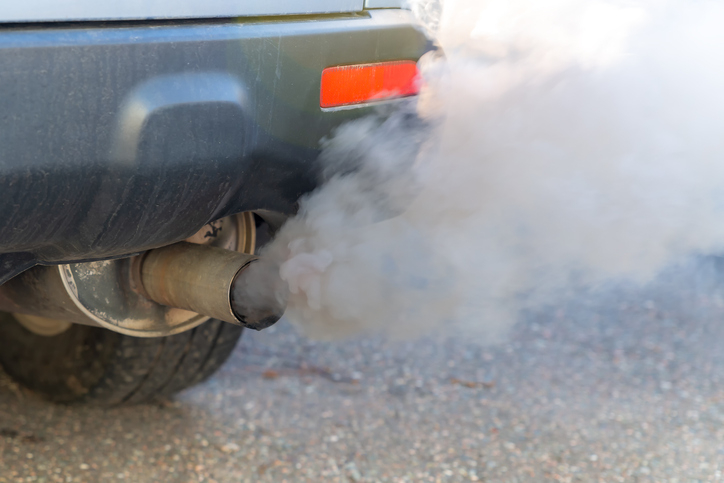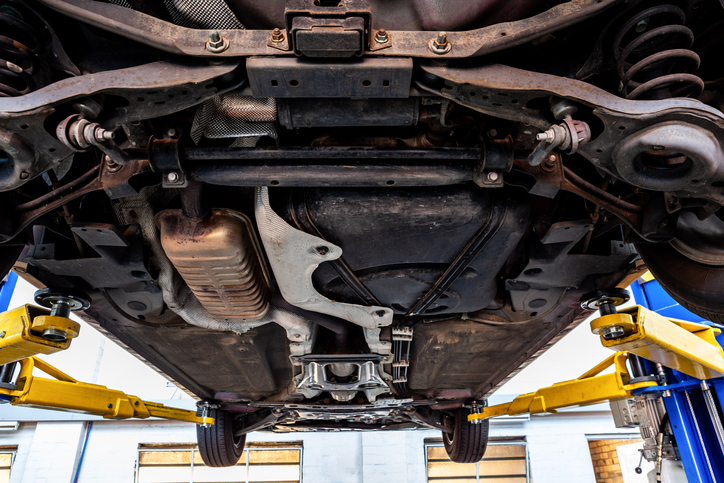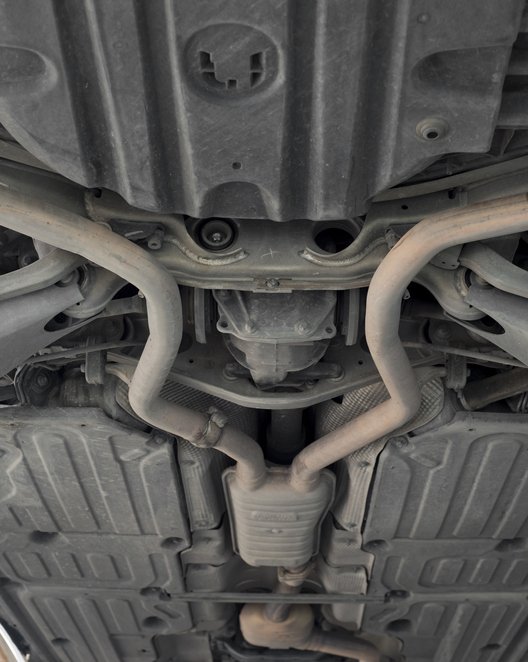
While carbon monoxide poisoning is relatively rare given the technological advances made in modern cars, it can unfortunately still happen. Carbon monoxide is a gas that results from the burning of any kind of fuel. When carbon monoxide enters the body through breathing, it replaces the oxygen that is already in your blood. When too much of it is absorbed, organ failure begins to occur as the body’s cells die. One potential source of carbon monoxide poisoning is the exhaust fumes produced by fuel-powered vehicles. If you’re considering a career in the automotive industry, read on to discover the dangers of carbon monoxide poisoning, as well as how it can be prevented.
How Today’s Vehicles Can Cause Carbon Monoxide Poisoning: An Explanation for those with Automotive Training
A vehicle can put drivers at risk of carbon monoxide poisoning in a few different ways. If you have automotive training, it will be important to be able to use your knowledge of the risks of carbon monoxide poisoning to identify potential problems within vehicles that pose a threat to the safety of drivers. For one, if a vehicle’s exhaust system or emission system is defective, this can increase the chances that drivers inhale too much carbon monoxide. Secondly, if the vehicle has holes within the body, fumes may escape into the body of the car and affect the passengers inside. Even if these issues are not at play, drivers may still be at risk of carbon monoxide poisoning if they are inside or within range of a running vehicle that’s parked in a garage or another enclosed area.

Defective Exhaust Systems and Carbon Monoxide Poisoning: What’s the Link?
Gasoline-powered vehicles run on an internal combustion engine, and in the process of burning fuel, these engines produce a high concentration of carbon monoxide. If a vehicle’s exhaust system is not working properly, the carbon monoxide cannot be properly filtered out of the exhaust, releasing an excessive amount of carbon monoxide into the atmosphere. When a vehicle’s exhaust system is functioning properly and is well maintained, it will prevent an unsafe amount of carbon monoxide from leaving the system.
While in the past, carbon monoxide poisoning was more common as a result of defective exhaust systems, today’s vehicles are equipped with technology that typically prevents carbon monoxide poisoning from occurring – such as the catalytic converter. This device heats exhaust gas to a high temperature in order to eliminate the majority of toxins and to turn carbon monoxide into carbon dioxide. With the introduction of the catalytic converter, the risk of too much carbon monoxide escaping a vehicle’s exhaust system was significantly reduced. However, if there is a leak in the exhaust system or the catalytic converter isn’t functioning properly, drivers may still run the risk of developing carbon monoxide poisoning from their vehicle.

What Can Be Done to Prevent Vehicles from Causing Carbon Monoxide Poisoning?
As an automotive college student, it’s important to become familiar with the measures that can be taken to prevent vehicles from putting drivers at risk of carbon monoxide poisoning. For one, regular maintenance should be conducted on the exhaust system of vehicles. Checking to see that the system is functioning properly reduces the risk of any potential leaks, defects, or clogs (which could lead to the release of carbon monoxide) going unnoticed. Additionally, it’s important to ensure that the oxygen system is working. If there isn’t enough oxygen within the engine and exhaust system, the oxygen won’t be able to properly oxidize the carbon monoxide to carbon dioxide. By taking these precautions, you can help drivers to avoid being exposed to carbon monoxide.
Are you considering auto mechanic school?
Launch your career with a program at CATI today!
